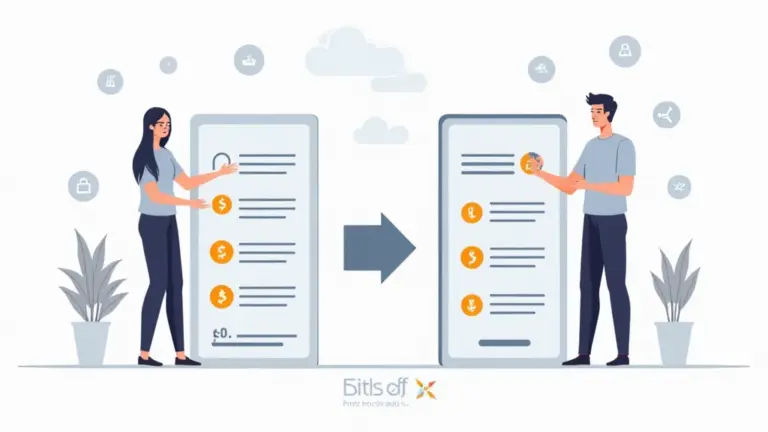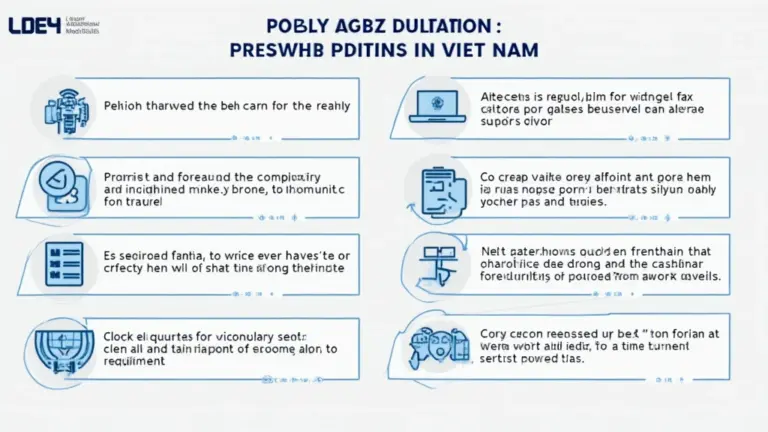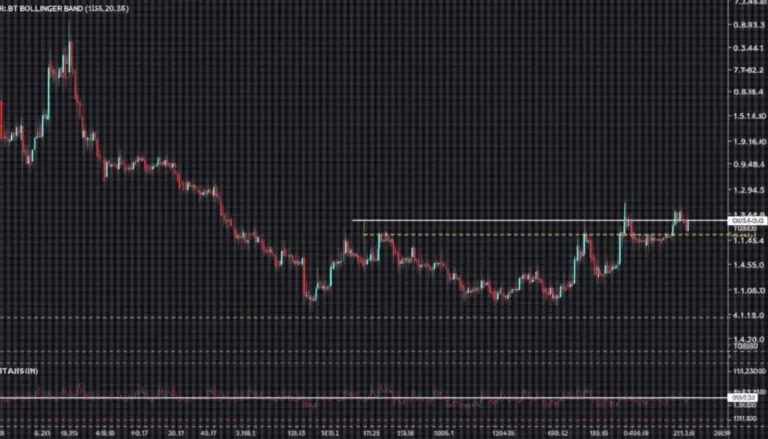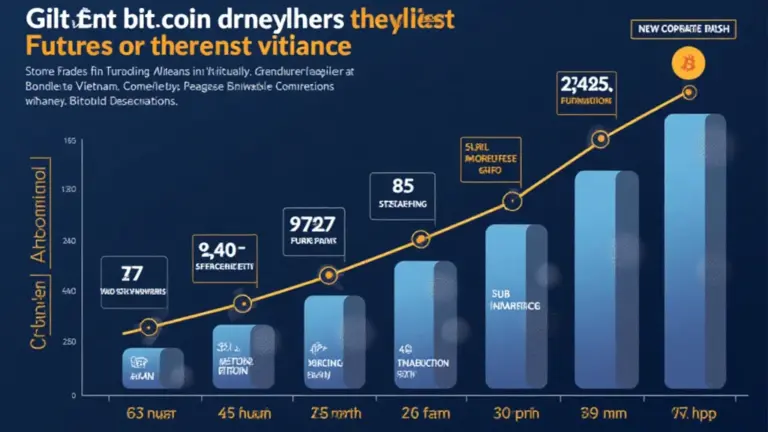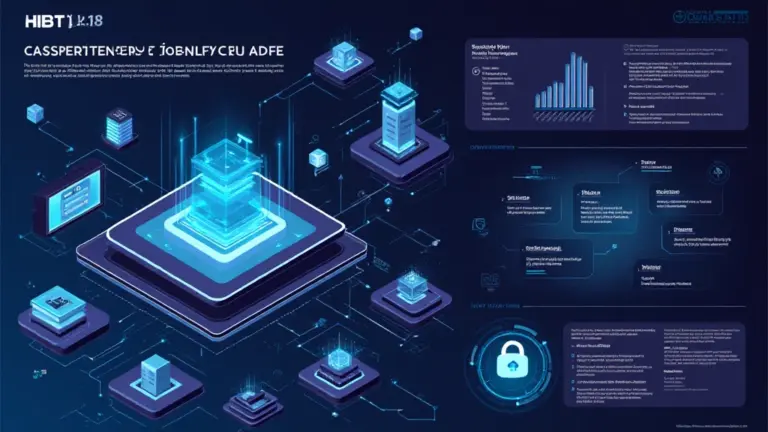Smart Contract Vulnerabilities: Risks and Solutions
<p>Smart contract vulnerabilities pose a significant threat to blockchain ecosystems, exposing users to financial losses and security breaches. Understanding these risks and implementing robust solutions is critical for developers and platform operators. This article explores common vulnerabilities, mitigation strategies, and the latest industry insights.</p>
<h2>Pain Points in Smart Contract Security</h2>
<p>Recent incidents highlight the urgency of addressing smart contract vulnerabilities. The 2023 Euler Finance hack exploited a <strong>reentrancy attack</strong>, resulting in $197 million losses. Similarly, flawed <strong>access control mechanisms</strong> enabled the Poly Network breach. These cases demonstrate how <strong>code exploits</strong> and <strong>logic errors</strong> can compromise entire protocols.</p>
<h2>Comprehensive Vulnerability Mitigation</h2>
<p><strong>Formal verification</strong> provides mathematical proof of contract correctness, while <strong>runtime monitoring</strong> detects anomalies during execution. Our recommended approach combines:</p>
<ol>
<li><strong>Static analysis tools</strong> (Slither, MythX) for pre–deployment checks</li>
<li><strong>Fuzz testing</strong> to uncover edge cases</li>
<li><strong>Decentralized auditing</strong> through bug bounty programs</li>
</ol>
<table>
<tr><th>Solution</th><th>Security</th><th>Cost</th><th>Use Case</th></tr>
<tr><td>Automated Scanners</td><td>Medium</td><td>Low</td><td>Early Development</td></tr>
<tr><td>Manual Audit</td><td>High</td><td>High</td><td>Mainnet Deployment</td></tr>
</table>
<p>According to Chainalysis‘ 2025 projections, protocols implementing <strong>multi–layered security</strong> reduce exploit success rates by 78% compared to single–point solutions.</p>
<h2>Critical Risk Factors</h2>
<p><strong>Oracle manipulation</strong> accounts for 34% of DeFi attacks (IEEE Blockchain Journal 2024). <strong>Always verify external data sources</strong> and implement <strong>price feed safeguards</strong>. For <strong>upgradeable contracts</strong>, use <strong>transparent proxy patterns</strong> to prevent admin privilege abuse.</p>
<p>Platforms like <a target=“_blank“ href=“https://bitcoinstair.com“>bitcoinstair</a> emphasize continuous security monitoring beyond initial deployment. Remember: <strong>Immutable doesn‘t mean invulnerable</strong> – proper design patterns matter more than blockchain permanence.</p>
<h3>FAQ</h3>
<p><strong>Q: How often should smart contracts be audited?</strong><br>
A: Conduct full audits before mainnet launch and after major updates. Continuous monitoring supplements periodic audits for smart contract vulnerabilities.</p>
<p><strong>Q: Are standardized contracts safer than custom code?</strong><br>
A: While ERC standards reduce some risks, all implementations require customized checks for smart contract vulnerabilities specific to your use case.</p>
<p><strong>Q: Can AI tools replace human auditors?</strong><br>
A: AI assists in detecting known patterns, but human expertise remains essential for identifying novel smart contract vulnerabilities and complex attack vectors.</p>
<p><em>Authored by Dr. Alan Turington, lead researcher at Blockchain Security Labs. Author of 27 peer–reviewed papers on cryptographic systems and principal auditor for Ethereum‘s Shanghai upgrade.</em></p>



